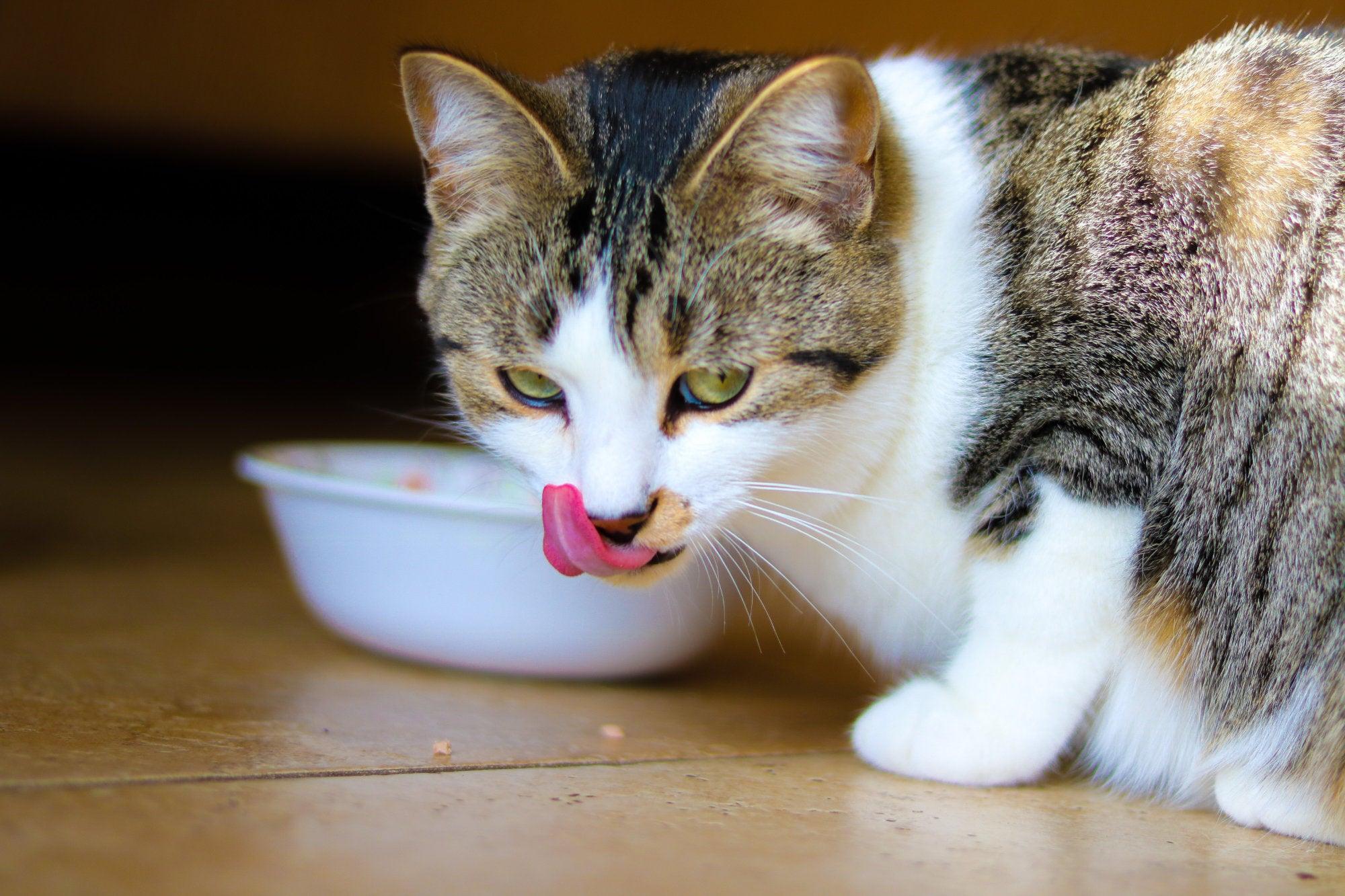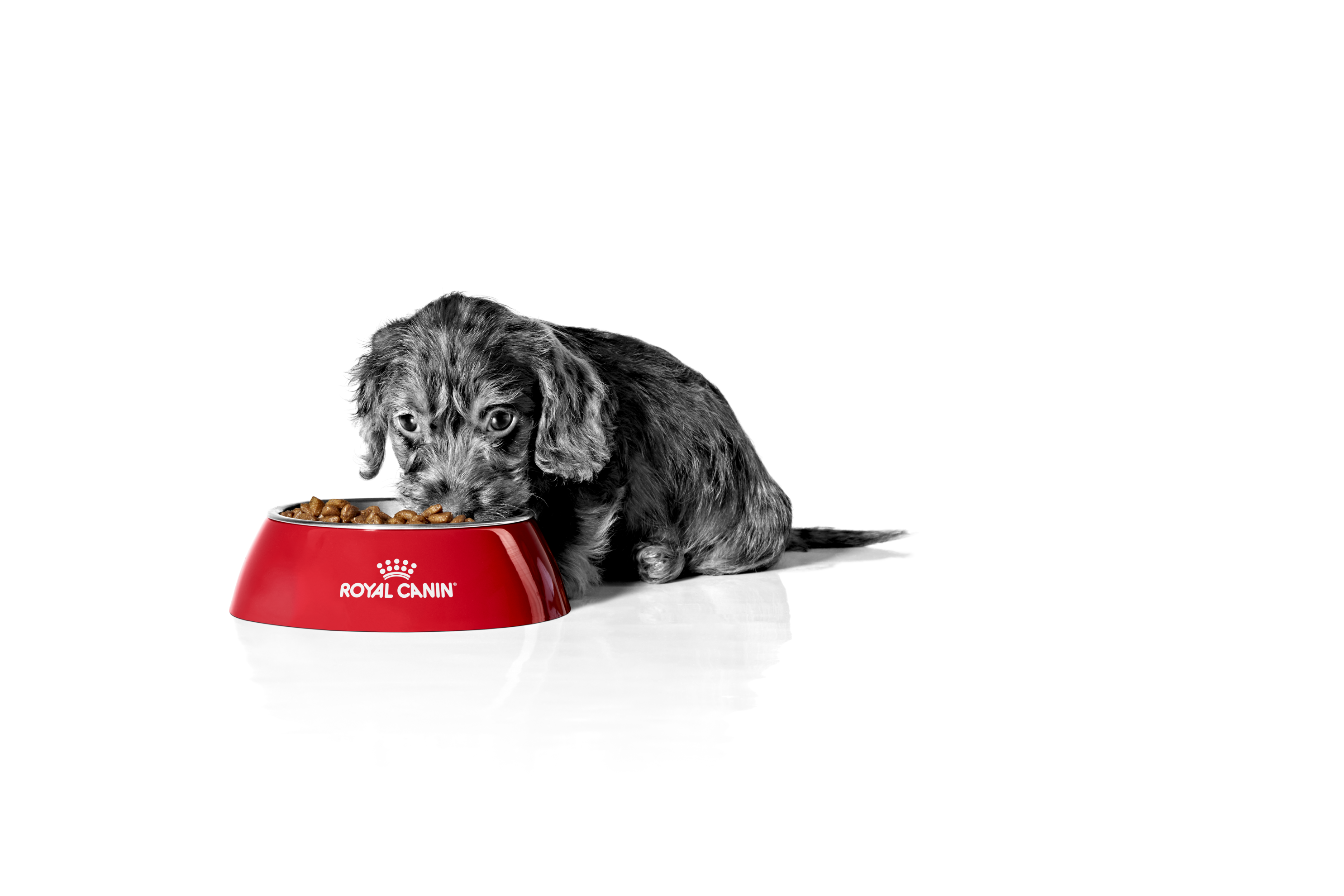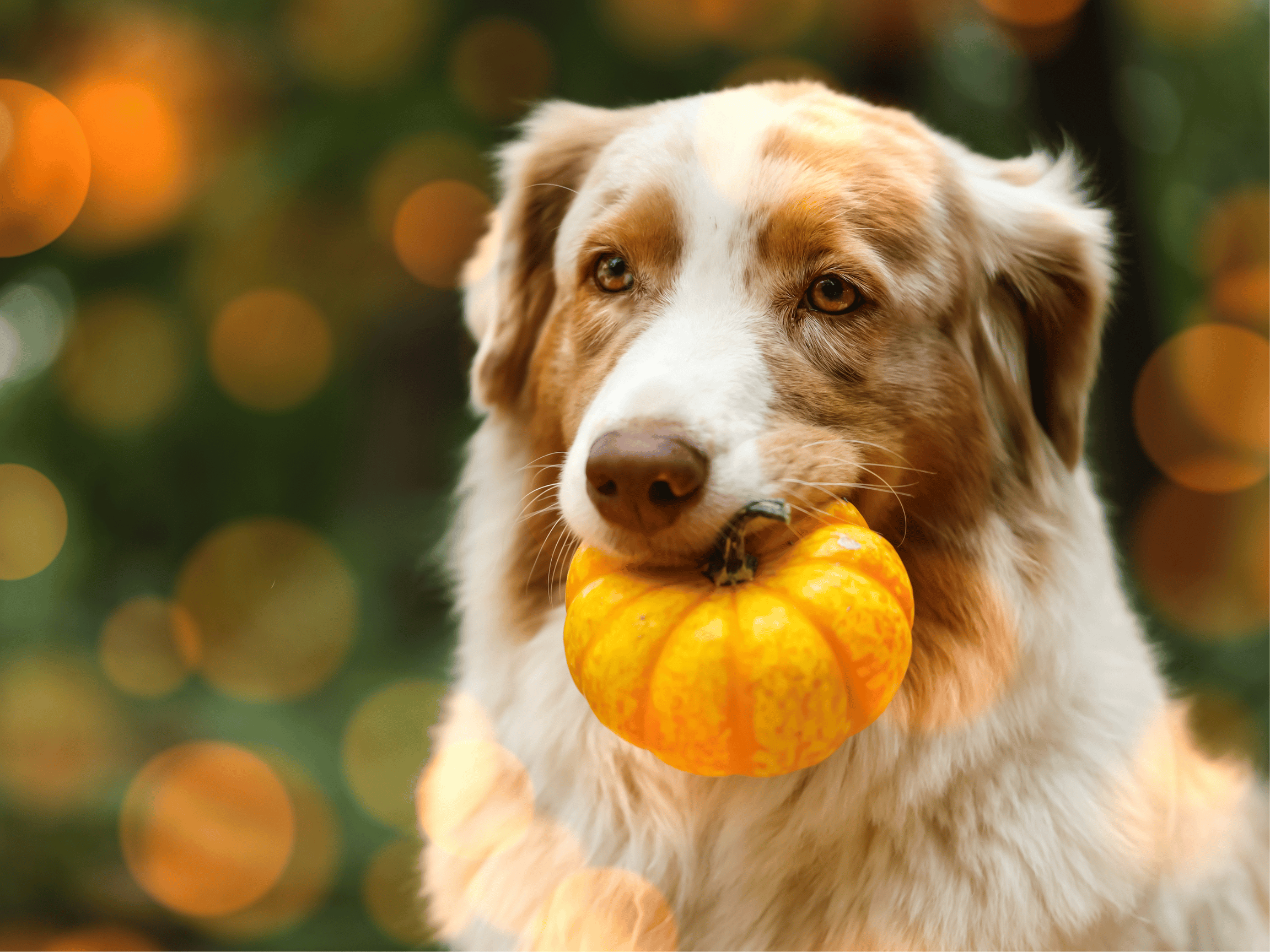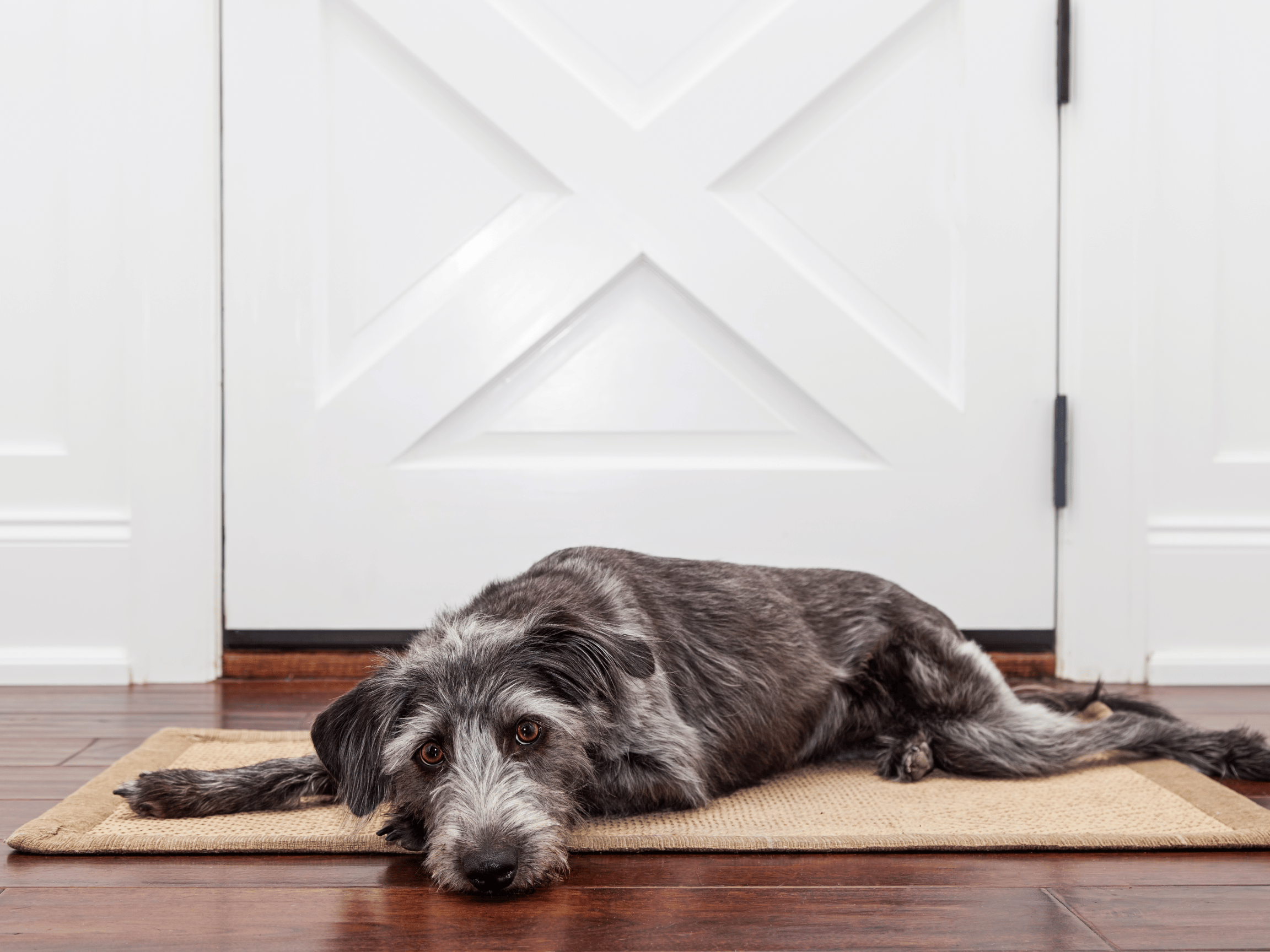Many cat owners wonder if it's okay to feed their feline friends only wet food, and the answer is that it's generally okay as long as the wet food is nutritionally balanced and meets your cat's needs. However, there are pros and cons to consider when it comes to wet food for cats.
One advantage of wet food is that it can be more convenient than dry food, as it does not require the owner to remember to refill the food bowl as frequently. Wet food is also a good option for cats who may be prone to urinary tract issues, as it can help to increase their water intake and reduce the risk of urinary tract problems.
Wet food is also a good choice for cats who need to maintain a healthy weight, as it tends to have fewer carbs and more protein than dry food. Additionally, wet food can be a good source of hydration for cats, which is especially important for those who may not drink enough water on their own.
However, there are also some drawbacks to feeding your cat only wet food. Wet food can spoil more quickly if it is not stored properly or refrigerated after opening. In addition, wet food can be messier than dry food, as it can stick to your cat's fur and face.
One way to address these issues is to mix wet and dry food for your cat. This can help to provide the benefits of both types of food while also addressing any potential drawbacks. Just be sure to choose a high quality wet food and a nutritionally balanced dry food to ensure that your cat is getting all of the nutrients they need.
In conclusion, while it is generally okay to feed your cat only wet food, it's important to choose a high quality, nutritionally balanced wet food that meets your cat's needs. Wet food has several benefits, including convenience, hydration, and the ability to help prevent urinary tract issues and aid in weight loss. However, it's also important to consider the potential drawbacks of wet food, including the shorter shelf life once opened, and messier nature. Mixing wet and dry food can be a good way to provide the benefits of both types of food while also addressing any potential drawbacks. Ultimately, the best choice for your cat will depend on their individual needs and preferences.






Share:
Helping Your Dog Maintain a Healthy Weight: Tips and Tricks
Finding the Perfect Dog for Your Family: A Guide